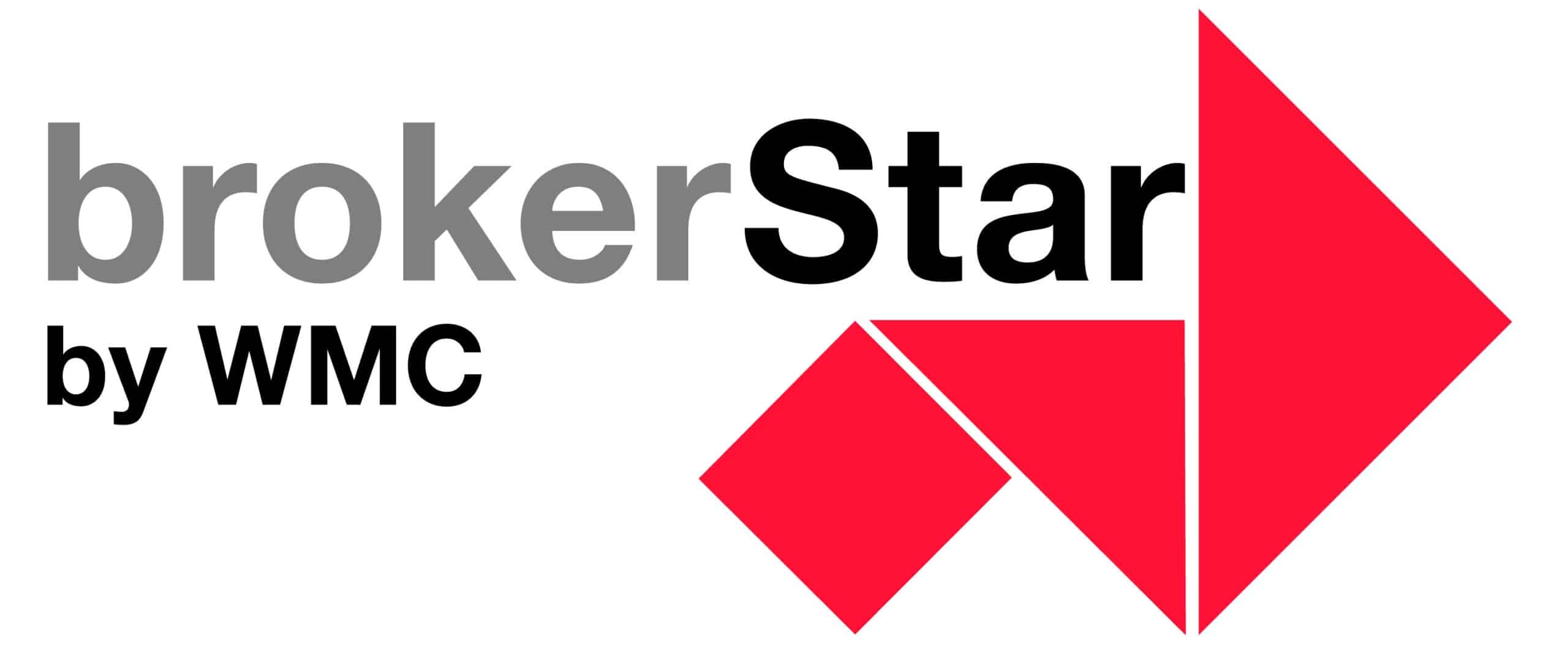Swipe, tap, pay: Payments are the decisive factor for insurance companies
16 July, 2025 | Current Blog General
For years, payments in the insurance industry were considered a minor matter: they were invisible, insignificant and often neglected. But in the age of digital innovation, they are becoming a decisive factor for customer satisfaction, efficiency and growth. Those who now rely on modern, smooth payment processes not only gain a competitive advantage, but also set the course for the future of the industry.
This article was originally published on finsurtech.ai where I provide unfiltered insights into leadership, innovation and the future of the insurance industry.
For years, payments were treated as the backstage crew of the insurance world.
Invisible. Underfunded. Important to no one.
But this silent space is now one of the most powerful levers insurers can use to transform the customer experience, improve operational efficiency and unlock new growth.
And that is long overdue.
Let’s take a closer look at what payment innovators have in store for us in 2025. And never forget: innovation often comes from the margins.
Smooth payments are not a luxury
When was the last time you received a paper bill from Netflix?
Exactly. Most industries have long since moved away from slow, manual and fragmented payment processes. In the insurance industry, however, paper checks, cash and cumbersome bank transfers are still widespread.
However, the tools to change this are already available.
Thanks to global systems such as Mastercard and Visa and modern platforms such as Adyen and Stripe, insurers finally have access to the payment options that others have been using for years.
And this goes far beyond the quick transfer of money:
- Real-time payouts that eliminate friction in claims processing
- Virtual cards, wallets and tokenized links that make payments more flexible and customer-friendly
- Transaction data that provides real insights, not just reports
- Scalable, secure infrastructure that supports growth in different markets and ecosystems
This is not about innovation for innovation’s sake. It’s about building a system that works and is fast, secure and on a large scale.
Because in today’s world, payments should not be an afterthought. They should be an advantage.
Payments drive growth (yes, really)
Payments are often seen as a back-end task, the last step to finalize everything. Necessary, but not strategic.
This way of thinking is outdated.
The reality is that payments have become a powerful growth lever. When implemented correctly, they not only make customers happy. They create tangible business value.
Faster payouts mean less frustration and more loyalty. Smooth processing of claims is not just a question of empathy. It has a direct impact on customer loyalty. On the operational side, the ability to settle invoices immediately with suppliers strengthens partnerships and helps to deliver better service faster.
Digital payment functions also open up completely new segments. In markets where traditional banking services do not reach everyone, flexible payment options open the door to underserved customers while reducing service costs.
And then there’s the data. Every transaction contains valuable insights: when customers interact, how much they spend, what timing works best. Used wisely, this data can lead to smarter product designs and more precise go-to-market strategies.
Even payment flexibility can be a differentiator. Options such as split or staggered payouts give customers more control over their finances and are a small feature that can have a big impact on satisfaction.
Let’s be clear: payments are no longer the end of the customer journey. They are part of the product itself.
When payments run quickly, smoothly and intelligently, everything else runs better too: from the way your teams work to the satisfaction of your customers and the growth of your company.
It’s time to rethink the commitment
When was the last time someone opened the App Store after a car accident?
Exactly. And yet many insurers continue to invest resources in apps that remain unused, especially when it counts.
Claims are emotional. Chaotic. Urgent. This is not the time to ask someone to download an app, reset a password or wait on hold.
But what if you gave the customer something simple at the point of sale: a digital wallet card? Nothing flashy. Just an inconspicuous, useful tool that is stored on their smartphone and can be used when needed.
This card becomes a personal command center:
- A place where damage can be reported immediately
- A live feed for real-time updates on the case
- And once the claim is approved, a way to receive money immediately, right on the spot via a link that generates a virtual card.
No detours. No downloads. No delays. Just a simple place that does what it needs to do when people need it most.
This is what modern engagement looks like. Not asking customers to adapt to your systems, but to integrate into their systems.
Because when claims are processed smoothly, trust is created. And when there is trust, there is also long-term loyalty.
Inclusion requires a local payment design
Not every customer lives in a card-based world. And not every claim is processed via a bank account.
In many parts of the southern hemisphere, maps are the exception rather than the rule. What really matters are the systems that people already trust and use. Mobile wallets, mobile money transfer services, direct transfers to accounts and payout options where the digital infrastructure is still limited or unreliable.
Inclusion means starting with reality. It means recognizing how people actually receive and transfer money – not how we imagine it. If your disbursement system doesn’t reflect local customs and realities, it won’t work. It’s as simple as that.
And this doesn’t just apply to emerging markets. Expectations are changing everywhere. From Nairobi to New York, younger generations want the same thing: speed, clarity and control. No paperwork. No delays. No queuing or waiting on hold.
Inclusion and convenience are no longer extras. They are the basic requirement, the minimum that customers expect from a modern experience.
Better payments without core system replacement
Best of all, you don’t have to completely change your core systems to modernize your payments.
No extensive transformation programs. No three-year migration. No new beginning.
With the right level of orchestration, you can bridge the gap between old and new and connect legacy systems with modern infrastructure without disrupting your entire operation.
You can capture data from all channels, whether digital or offline, and use it to automate decisions in real time, taking into account rules, fraud signals and the specific context of each transaction.
Payouts are fast, secure and traceable: completely digital and fully in line with your customers’ expectations today. And they stay in the loop throughout the entire process. No guesswork. No second guessing.
Modernizing payment transactions does not necessarily mean renewing your core system. It just means making your systems work together and work smarter.
Conclusion: Design for results, not for applause
The best payment technology in the insurance industry is not the one that wins prizes.
It’s the one that quietly improves underwriting performance, speeds up claims processing, builds customer confidence and gives you better control of your business. Everything else is just for show.
Are your payments still just a minor matter?
Or are they your next step to success?
Mirela Dimofte
Read also: Leadership and other monsters




